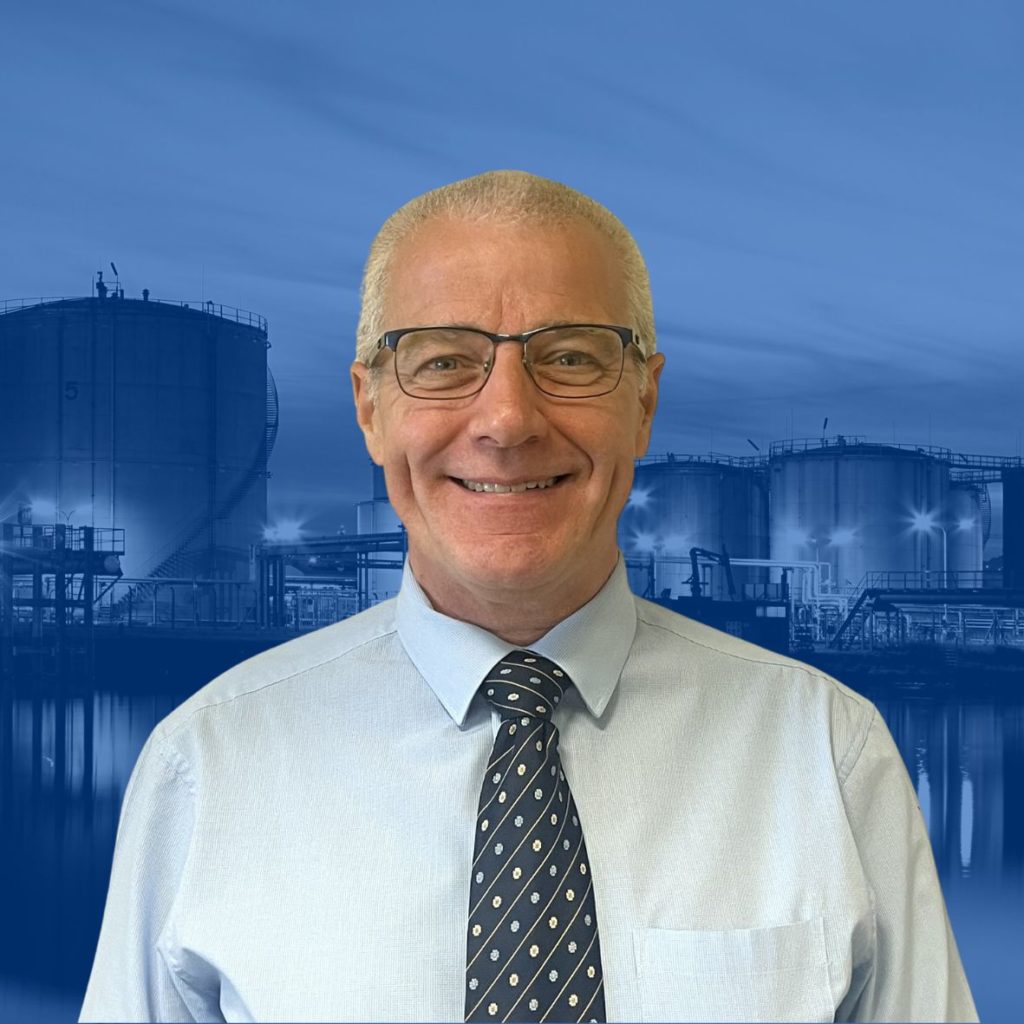
There was a time when scientists believed the world to be flat. Accepted facts do, of course, change. Yet there is one incontrovertible truth which stands the test of time and this constant, ladies and gentlemen, is that safety always represents smart business.
Robust safety systems do indeed defend premises against the threat of incidents. Robust safety systems foster regulatory compliance and safeguard all those on your site.
So why is it then that some businesses – in particular, the smaller of our compatriots – continue to rue the cost of safety? In some quarters, the perceived price tag attached to safety training, maintenance and equipment is feared so high that corners are cut.
With smaller businesses, this is almost understandable. Strict liability laws compelling safety actions can be expensive enough, so it is tempting to brush the ‘non-essential’ safety tasks under the carpet to be dealt with another day. Yet, just as we now understand the world to be round, this plight expressed by some business is grounded in misconception.
Sure, implementing the right checks and measures requires initial outlay in terms of cost, time and resource. This does not belie the fact though that failure to act can come at the highest price tag of all: loss of life and costly litigation. A well-implemented safety system should also streamline workplace processes, fuelling an increase in business productivity.
Across the pond in the land of the free, the US Occupational Safety and Health Administration actualised this postulation in a computation of compelling figures. According to OSHA: “an effective safety and health program can save $4 to $6 for every $1 invested.”
The logic is simple: rather than cost money, a sustainable safety system should generate a return on your investment over the long term. As we say, safety is just smart business.
Invest In Your Company’s Future
The type of business you run will always dictate the type of safety systems you need. For smaller businesses, it might be the case that all you need is a pen, paper, risk assessment and some basic training such as fire safety.
Larger entities will likely require sizeable capital for long term investment. When it comes to implementing your safety policy, however, some commonalities exist.
Successful safety programs typically require:
- Buy-in from management and employees
- Risk assessment
- Hazard prevention measures
- Training and education
- An evaluation to measure compliance
- Ongoing reviews to ensure competency remains high
Regardless of the business size, it is also advisable to consult with employees. After all, it is those on the ground who encounter potential risks day in, day out. It follows then that engaging employees leads to the formulation of safety policies which reflect actual needs at the coalface.
“Accidents Cost A Lot Of Money”
Each and every company has a duty to assess its safety needs. When doing so, keep in mind the words of the late safety guru Dr Trevor Kletz:
“There’s an old saying that if you think safety is expensive, try an accident. Accidents cost a lot of money. And, not only in damage to plant and in claims for injury, but also in the loss of the company’s reputation.”
Related reading:
- Best process safety quotes of 2013
- Guide to Process Safety Leadership PSLG Principles
- Peeling back the layers of protection
- UK press “mocks” health and safety says HSE chair
- HSE chair puts leadership at the heart of process safety
- 5 things employers should know about oil and gas workers
- Free personal protective equipment training for your site


